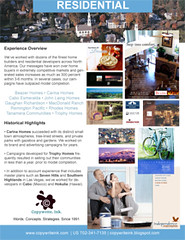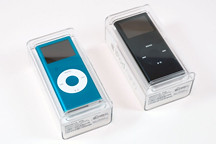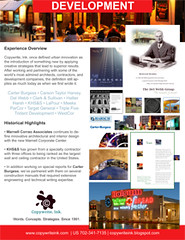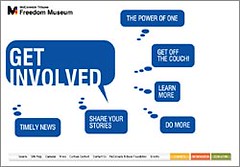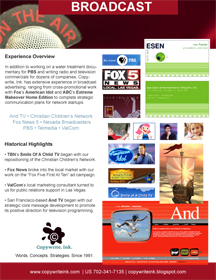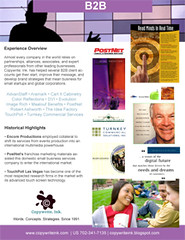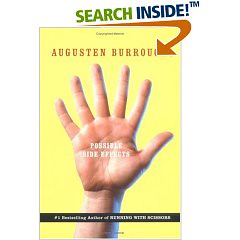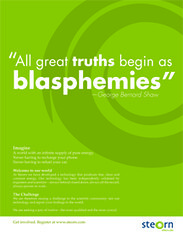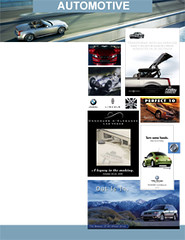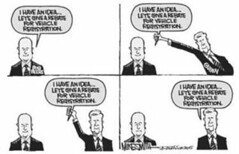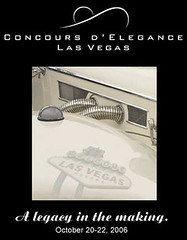Most people know Orbit gum will not get you into heaven, but it still made the Mouse Print blog list (Mouse Print still praises Wrigley for its tongue in cheek sense of humor). Less flattering is a post that unlocks Scott toilet tissue's claim to give you more sheets per roll (1,000) when they actually cut back the per sheet size (leaving each roll 300 inches shorter).
So what is Mouse Print? Mouse Print turns advertising on its head by focusing on an ad’s asterisked fine print footnote rather than the headline. Some posts point out the harmlessness of advertising's entertainment value. Others point out product flaws (Aquafresh for Kids contains peanut oil but does not disclose it). A few cover borderline bait-and-switch tactics like a bank that promises a 10.38 percent return (but limits the rate to a $500 deposit).
Mouse Print does make it a point to mention that it is not illegal for companies to downsize or draw attention away from less desirable attributes, in many cases. Some ads do indeed explain themselves despite any hype or attention grabbing headlines.
The lesson that advertisers can learn by visiting the blog can be found in the comments on each post. People are generally unhappy with questionable product claims or unjustifiable footnotes (some advertisers have to use them for legal purposes). Statistically, one unhappy consumer will generate at least eight more.
The irony is that, in most cases, the more overzealous claims are largely unnecessary in selling products. Most products have at least one unique selling point (or a few contrast points) to rely on. But then again, knowing that too much hype is not worth creating unhappy consumers is one of several reasons developing a successful ad campaign is simply about being clever. It's challenging in that every clever idea is based upon strategy, something consumers appreciate without hype.
So what is Mouse Print? Mouse Print turns advertising on its head by focusing on an ad’s asterisked fine print footnote rather than the headline. Some posts point out the harmlessness of advertising's entertainment value. Others point out product flaws (Aquafresh for Kids contains peanut oil but does not disclose it). A few cover borderline bait-and-switch tactics like a bank that promises a 10.38 percent return (but limits the rate to a $500 deposit).
Mouse Print does make it a point to mention that it is not illegal for companies to downsize or draw attention away from less desirable attributes, in many cases. Some ads do indeed explain themselves despite any hype or attention grabbing headlines.
The lesson that advertisers can learn by visiting the blog can be found in the comments on each post. People are generally unhappy with questionable product claims or unjustifiable footnotes (some advertisers have to use them for legal purposes). Statistically, one unhappy consumer will generate at least eight more.
The irony is that, in most cases, the more overzealous claims are largely unnecessary in selling products. Most products have at least one unique selling point (or a few contrast points) to rely on. But then again, knowing that too much hype is not worth creating unhappy consumers is one of several reasons developing a successful ad campaign is simply about being clever. It's challenging in that every clever idea is based upon strategy, something consumers appreciate without hype.







